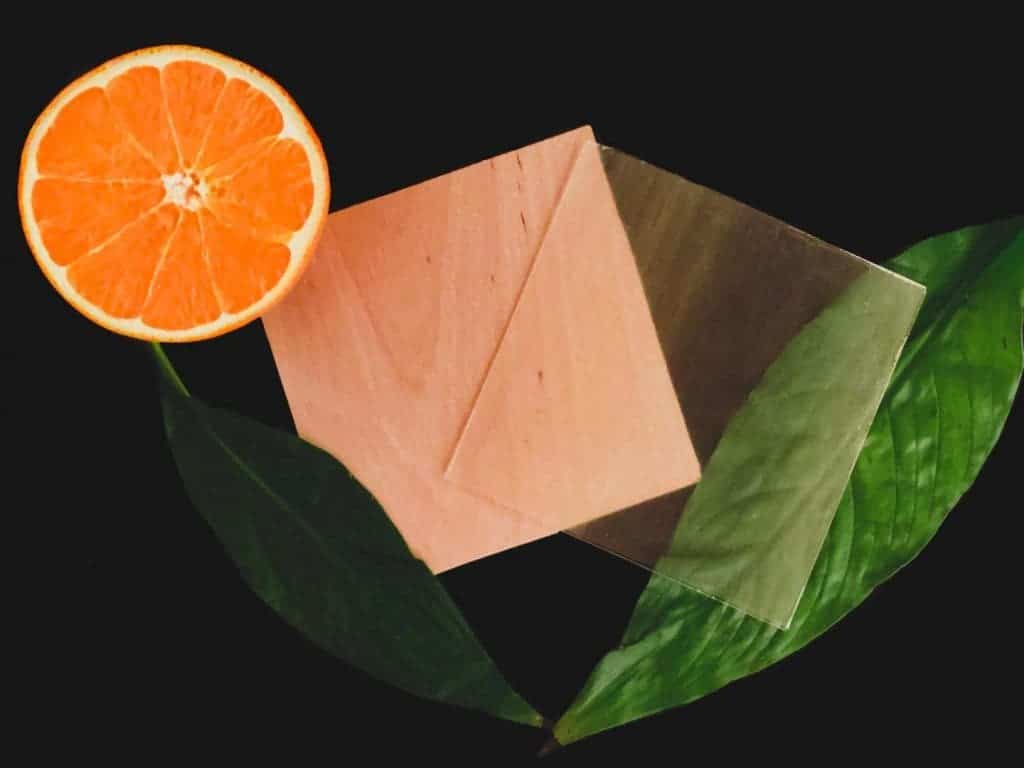Transparent wood is getting a citrusy update that’s poised to make it more sustainable, hardier, and even more transparent.

First developed five years ago by researchers at the KTH Royal Institute of Technology, transparent wood is definitely an interesting material. It has many of the characteristics of regular wood (and, indeed, starts out life as such) but it’s generally stronger, more resilient, transparent, and an ok medium to store thermal energy (heat) in.
Now, new research reports how this material can be further improved with a little help from citrus-derived compounds.
Needs some lemon
“The new limonene acrylate it is made from renewable citrus, such as peel waste that can be recycled from the orange juice industry,” says Céline Montanari, a Ph.D. student at the KTH Royal Institute of Technology and lead author of the study.
The process of making transparent wood involves chemically stripping lignin out of wood. Lignin is a natural polymer that plants such as trees use to give their tissues mechanical strength, but it’s also the main light-absorbing compound in there. The empty spaces left over after all this lignin has been removed are later filled in with another transparent compound to restore the material’s strength while allowing light to pass through.
At first, fossil-based polymers (such as synthetic resins) were used for this role. The new paper reports on an alternative to these polymers: limonene acrylate. This is a monomer (individual building blocks of polymers) produced from limonene, which is, in turn, available in the oils found in citrus fruits.
Transparent wood created using the new approach offers much improved optical properties — a “90% optical transmittance” through a plate 1.2 mm thick and a haze of only 30% — the team explains. Unlike other similar composites developed over the last 5 years, transparent wood produced using limonene acrylate is strong enough (and intended to be used) for structural use such as girders or beams. It’s also more sustainable than previous incarnations of the material.
“Replacing the fossil-based polymers has been one of the challenges we have had in making sustainable transparent wood,” Professor Lars Berglund, the head of the KTH’s Department of Fibre and Polymer Technology and corresponding author of the study.
The material requires no solvents to produce, and all the compounds used in the process are derived from biological raw materials. The novel way this material interacts with light further opens new possibilities in fields such as wood nanotechnology, he adds.
“We have looked at where the light goes, and what happens when it hits the cellulose,” Berglund says. “Some of the light goes straight through the wood, and makes the material transparent. Some of the light is refracted and scattered at different angles and gives pleasant effects in lighting applications.”
The team is now hard at work exploring some of these potential applications.
The paper “High Performance, Fully Bio‐Based, and Optically Transparent Wood Biocomposites” has been published in the journal Advanced Science.









